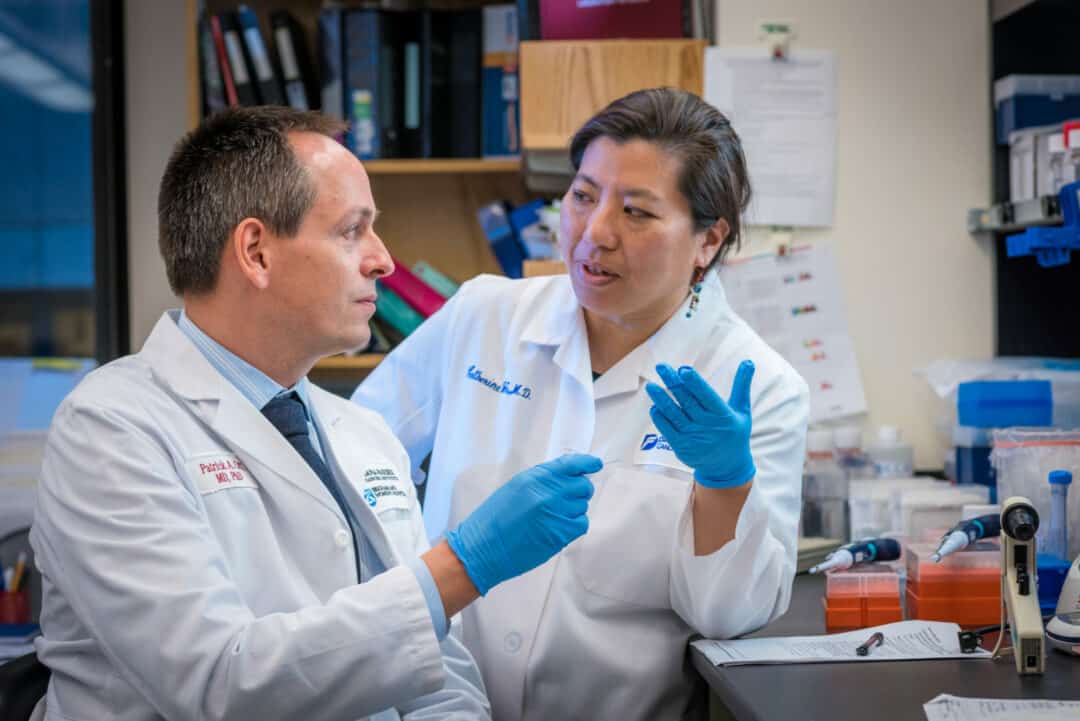Extensive research has shown the negative health effects of excessive sugar intake, leading to recommendations to limit the consumption of “free” or added sugar to less than 10% of total calorie intake per day.
“Free” sugar is that added during the processing of foods; packaged as table sugar and other sweeteners and naturally occurring in syrups, honey, fruit juice, vegetable juice, purees, pastes and similar products where the cellular structure of the food has been broken down, according to the US Food and Drug Administration. This category does not include sugars that occur naturally in dairy products or structurally whole fruits and vegetables.

A study published by BMJ (British medical journal) earlier this spring “provides a useful overview of the current state of the science on sugar consumption and our health … and confirms that eating too much sugar is likely to cause problems,” said Dr. Maya Adam, director of Health Media Innovation and clinical assistant professor of pediatrics at Stanford University School of Medicine. Adam was not involved in the study.
“Studies like this are helpful in advising patients that seemingly small changes, such as removing excess sugar like sugar-sweetened drinks, can have a marked and positive improvement for health,” said CNN Medical Analyst Dr. Leana Wen, an emergency physician and public health professor at George Washington University, who was not involved in the study.
The link between sugar and disease
In a large review of 73 meta-analyses – which included 8,601 studies – high consumption of added sugar was associated with significantly higher risks of 45 adverse health outcomes for various diseases, including diabetes, gout, obesity, hypertension, heart attack, stroke, cancer, asthma, dental caries, depression and early death.
Evidence of a link between free sugar and cancer has been limited and controversial and needs more research, the study’s authors said. But the finding, according to the study, could be explained by sugar’s known effects on weight: High sugar consumption has been associated with obesity, which is a strong risk factor for various cancers. The same applies to cardiovascular diseases.
“Added sugar intake can promote inflammation in the body, and this can cause stress on the heart and blood vessels, which can lead to increased blood pressure,” behavioral scientist Brooke Aggarwal told CNN in February. Aggarwal, an assistant professor of medical science in the cardiology department at Columbia University Irving Medical Center, was not involved in the study.
Highly processed foods, which can have lots of free sugar, have been shown to increase inflammation, a risk factor for depression.
“Whole food carbs take longer to break down into simple sugars, and some of them – the fiber – can’t be broken down at all,” Adam told CNN in February. “This means that whole, intact grains do not cause the same spikes in blood sugar that we experience when we eat simple sugars. Blood sugar spikes trigger insulin spikes, which can destabilize our blood sugar and be the underlying cause of long-term health problems.”
How much sugar can you eat?
According to the Nordic Nutrition Recommendations, NNR 2012, less than 10% of the energy from food should come from added sugar. For adults, this corresponds to about 50-75 grams of added sugar per day, depending on the amount of energy needed. According to Livsmedelsverkets (the Swedish National Food Agency’s) surveys on eating habits, four out of ten adults eat more sugar than that. Half of the young people studied are consuming too much added sugar. Sugar also increases the risk of tooth decay.
WHO (World Health Organization) also recommends that the intake of free sugars should be less than 10% of energy intake but has also added to its recommendation that the intake of free sugars should be less than 5% of energy to further reduce the risk of caries. Eating less than 5% of energy from sugar, which corresponds to about 25 grams, or even less, is fully in line with the recommendation of NNR 2012 and the advice of the National Food Agency.
Sources: CNN & Livsmedelsverket










